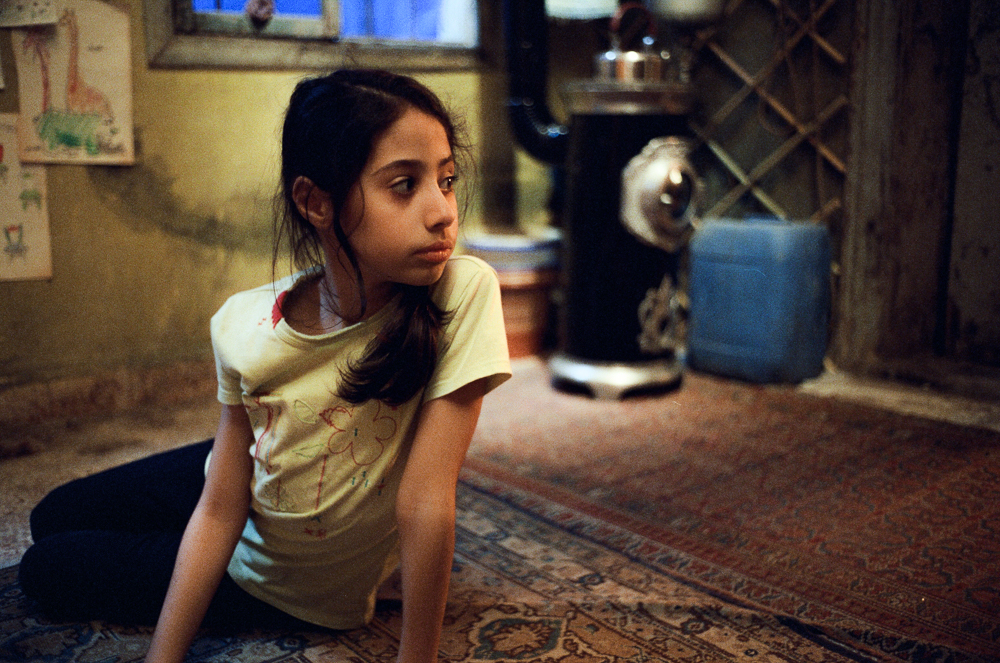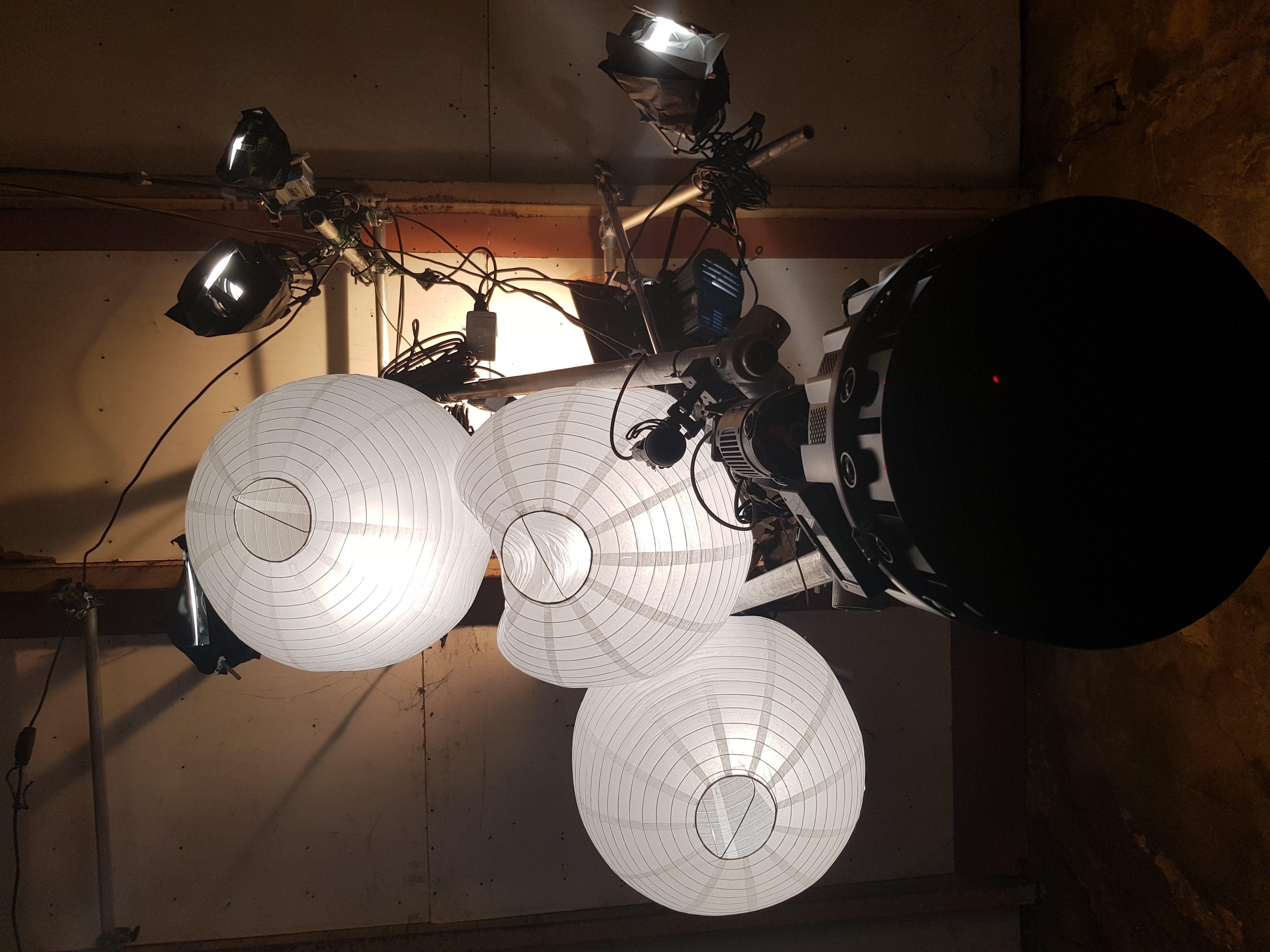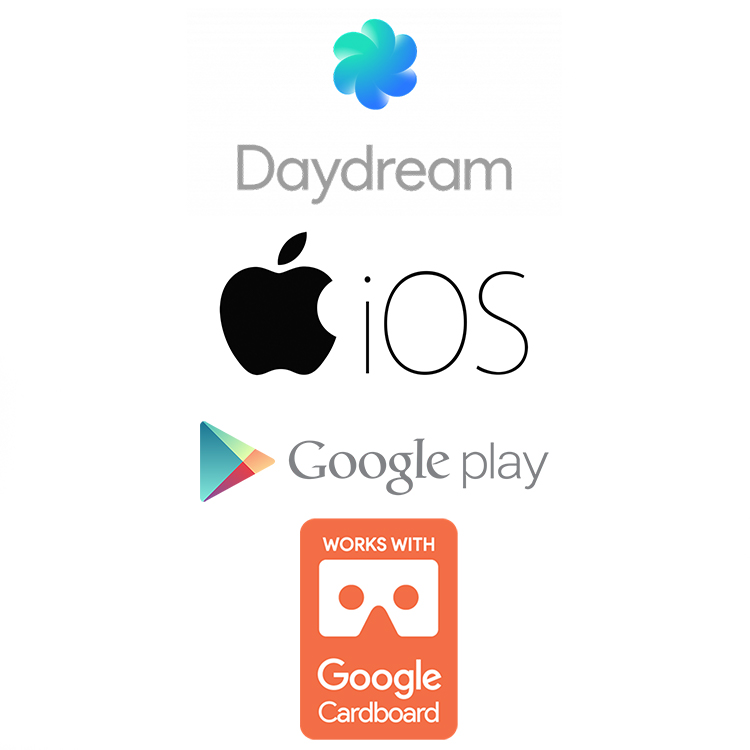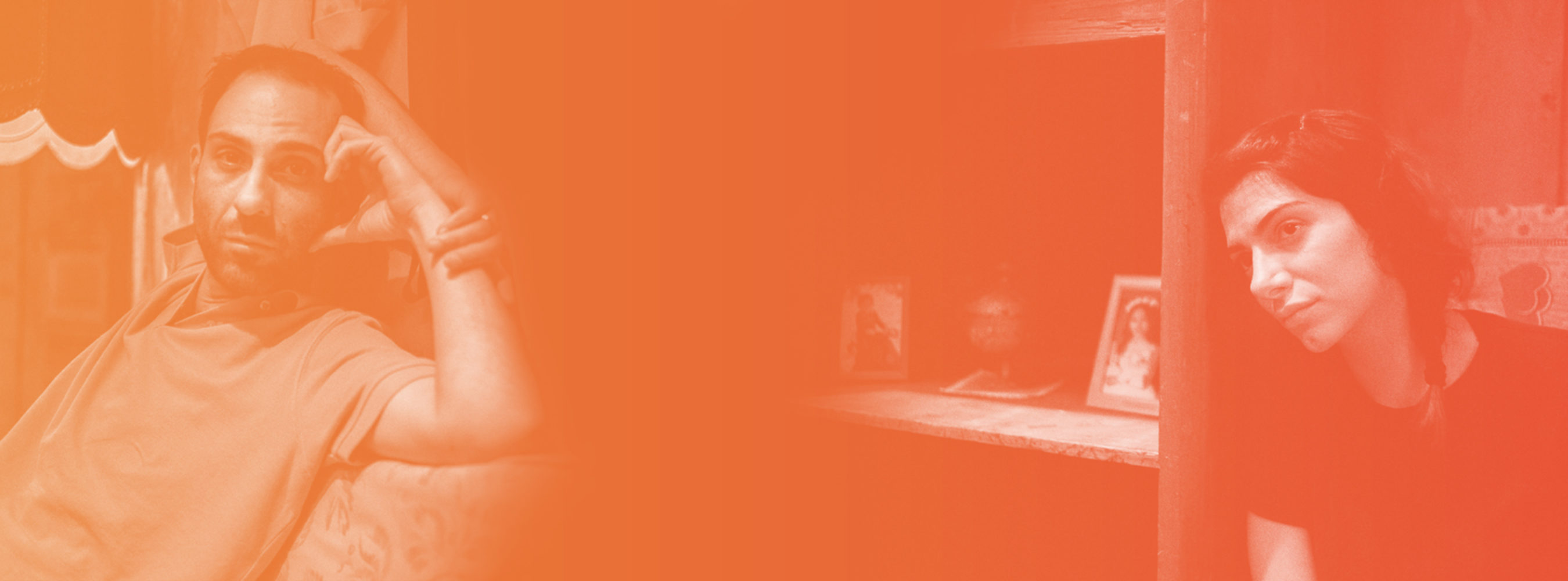The Right Choice - Interactive VR Experience for the Red Cross
The reality of life for many families in Syria is shockingly difficult. We helped bring to life the decisions they face and how The Red Cross care for them.
Make life or death decisions to save a family stuck in a war zone, the hard reality of life for thousands of people in Syria.
Working closely with creative agency Don’t Panic, this project, funded by Google, brought to life the reality of decisions made by families marooned in countries at war. The Red Cross are the last people left to care for and support these groups and we were tasked with bringing a shocking scenario to life.

The project required us to record a series of scenes from the exact same position, allowing us to seamlessly move from one scene to another using match cuts. This meant we could build a number of different story branches and let people make their own decisions on what the family should do when crisis hits.
Visualise handled the entire pre-production, casting, production, post-production and app development on this project. One of our Directors, Avril Furness handled the performance direction and George McCallum from Don’t Panic had overall creative direction. The biggest challenge was perfecting the match cuts over a two day shoot – the actors positions had to match the positions at the end of the initial scene to the pixel, or as close as possible, to allow for seamless blending!
“It was a joy to collaborate with Visualise on this project. They were instrumental in creating something that has not been done before. Henry and the team's seemingly limitless knowledge of VR, coupled with their ability to problem solve creatively, was invaluable. It has led to a VR experience that all of us at Don't Panic and our clients at Google and the ICRC are extremely proud of.”
George McCallum - Senior Creative, Don't Panic

We achieved this by having a live streaming 360 camera above the main Yi Halo (Google Jump Generation 2) rig. This live stream was sent to iPad pros which had a screen capture of the previous scene positions set to 50% transparency. This meant we could perfectly line up actors and items in the scene.

The film was produced in Beirut, Lebanon, where we had a good selection of damaged buildings of a similar nature to those found in Syria, due to the Lebanon war (ended in 2005). It also had a large supply of Syrian actors that had been forced to flee the conflict in Syria. Sadly, this allowed us to cast people as accurately as possible.

The experience was primarily built for Google Daydream but also works on Cardboard and without any VR headset on both Android and iOS. Without headset the experience is viewed by ‘magic window’ – this is simply using the phone’s gyroscope to move the video as you look around the room. At key points in the film the content goes in to slow motion and you have to make critical decisions.

